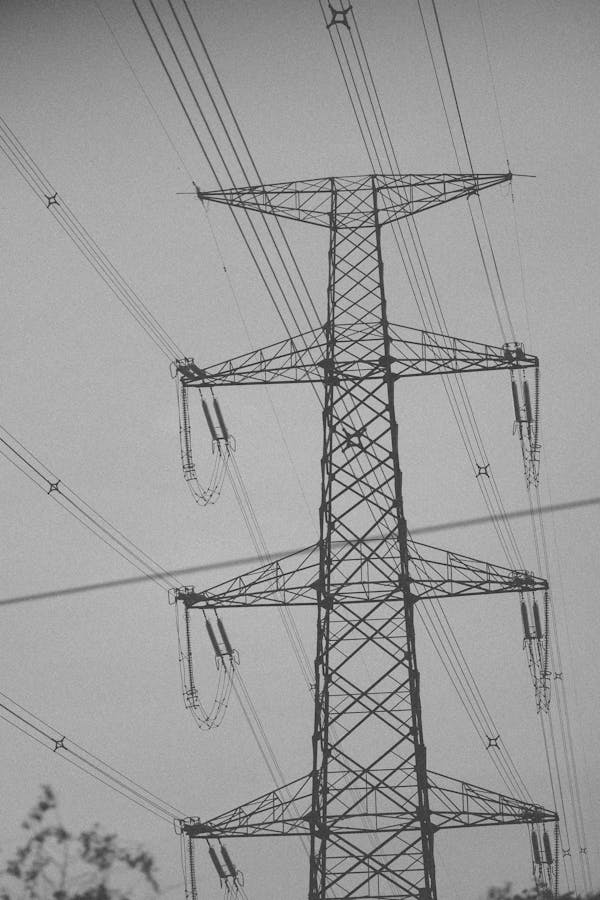
Substation design is where electrical engineering meets architectural and civil precision. It’s not just about connecting wires—it’s about creating a highly reliable, scalable, and secure facility that serves as a gateway for power delivery.
The Process of Designing a Substation
Substation design is typically a multi-phase process involving:
Site Selection and Surveying: Choosing the right location based on accessibility, environmental impact, and proximity to load centers.
Electrical Layout Planning: Designing the configuration of buses, transformers, and breakers (e.g., ring bus, double bus, breaker-and-a-half).
Structural and Civil Design: Constructing foundations, control buildings, fencing, and drainage systems.
Equipment Specification: Selecting components based on voltage levels, short circuit ratings, and operational conditions.
Protection & SCADA Integration: Incorporating digital monitoring and automation for real-time control and fault management.
Challenges in Substation Design
Adapting to limited land space in urban areas
Managing electromagnetic interference (EMI)
Designing for extreme weather and seismic zones
Ensuring cyber-physical security
The Future of Substation Design
With the rise of smart grids, substation design is shifting toward digitization. Digital substations use fiber-optic communication and intelligent electronic devices (IEDs) to increase reliability, reduce maintenance, and improve data analytics.